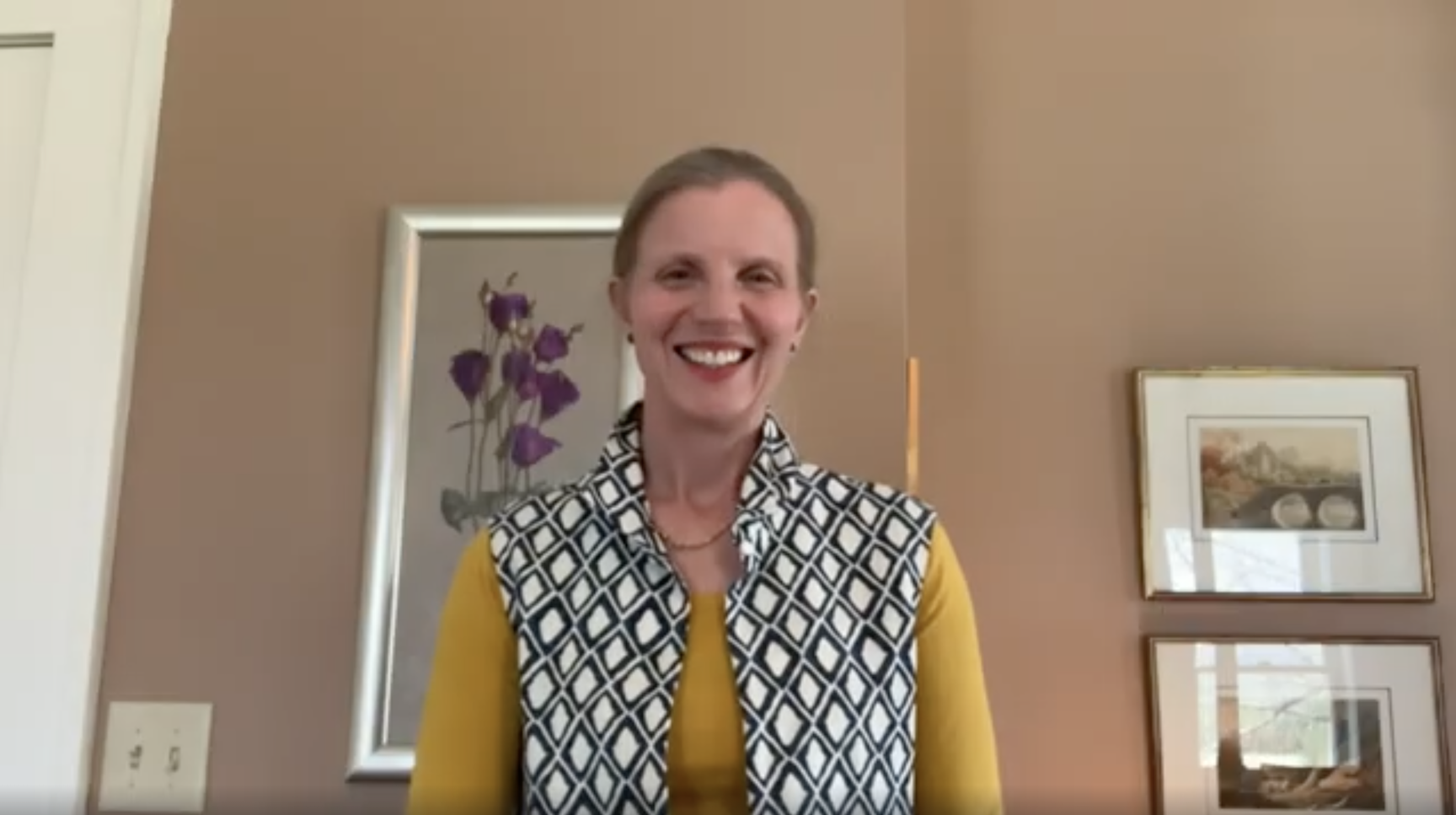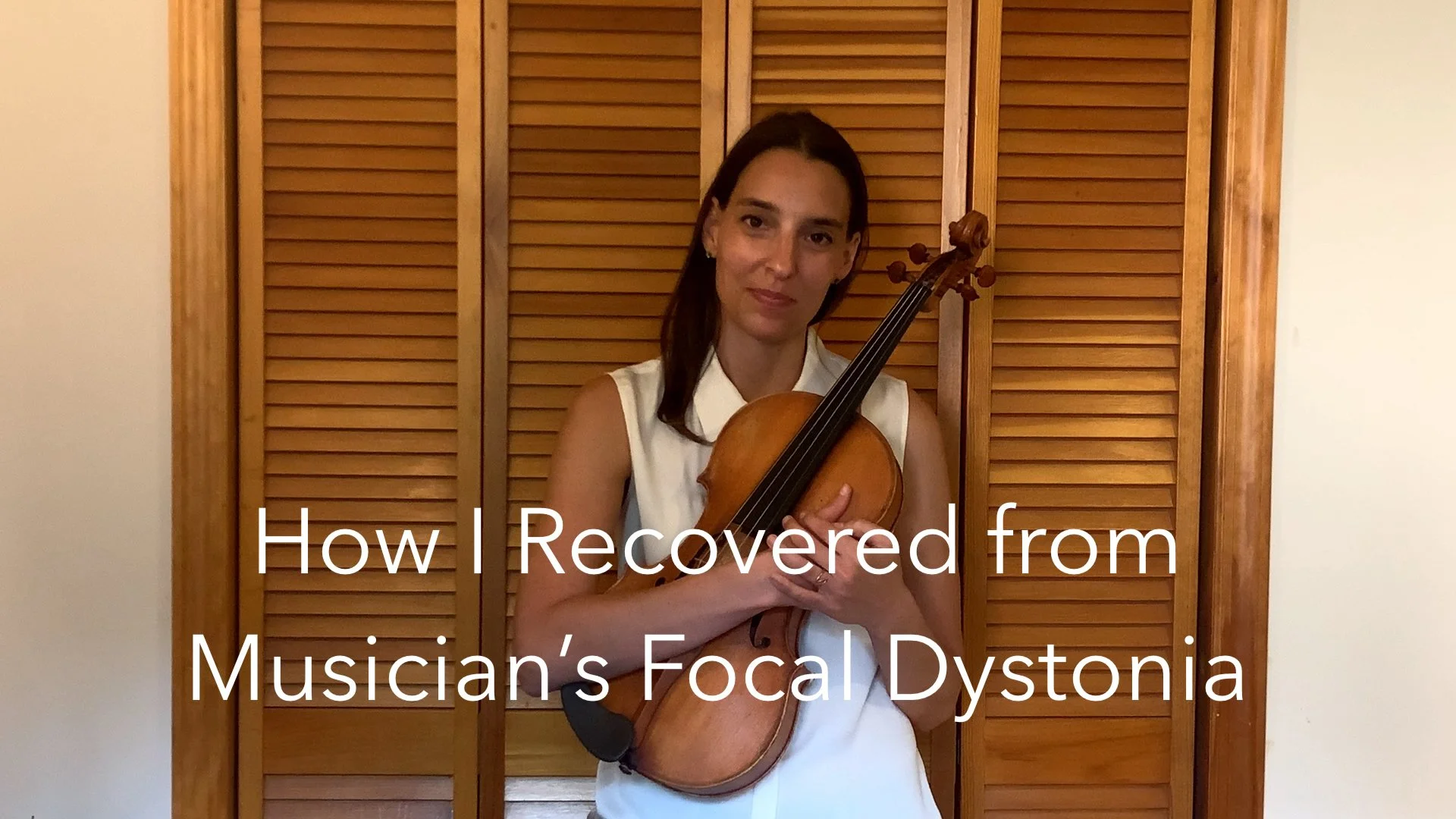What are playing-related injuries, really?
Habitual movements are the foundation of playing an instrument. When those movements are harmful, they can lead to various kinds of injury, including musculoskeletal, nerve and neurological disorders. But these conditions are not a disease. Since movements are learned behaviors, they can be replaced with others that allow us to play pain-free, with ease and comfort. When we understand the nature of these injuries, we can also understand the solution.
The Three Basic Categories of Injury
Pain/discomfort that arises in a certain playing situation or passage. In other words, it’s specific to the situation (such as which side of the stand you’re seated on) or to certain demands in the music (repeated passages on the G/C string or sustained ff tremolo, for example).
Pain/discomfort that is in the playing generally, regardless of repertoire and situation.
Pain/discomfort that is pervasive, where the person experiences chronic pain in daily activities and in multiple parts of the body, sometimes all over. These injuries can be debilitating to the extreme. They may have started with the playing or with an external event.
Injuries, Part 1: A Global Look at Injuries
The Recovery Process
Changing a habit means reorganizing the brain and relearning how we use the body, which is not usually a quick fix. However, when the solution is in line with how the body and brain function in normal activity, recovering from an injury can be remarkably fast, especially compared to the time it probably took for it to manifest. Furthermore, musicians’ innate and highly trained capacity to understand and adapt their playing speeds the process. Once undertaken, most people find the process stimulating and exciting.
Solving playing-related injuries happens in four stages, all of which involve gaining physical tools and knowledge while moving the brain—changing a person’s concept of how an aspect of playing works, and then locating the specific physical movements involved. There is a general trajectory to the process, but in practice the four stages overlap.
1. Getting the player out of pain/dysfunction through an understanding of the correct physical movements and what those movements feel like in the body.
2. Ensuring that this knowledge and technique can be applied to and meet the specific demands of the music, solving problem passages and situations.
3. Ensuring that the new technique is integrated, so that it can be maintained in the workplace, such as during rehearsals or while teaching.
4. Ensuring that the playing is integrated to the point of stability in stressful situations, such as performances.
A Special Note on Musicians’ Focal Dystonia
The first thing to understand about dystonia is that, like all other playing-related injuries, it is reversible. The neurological component of the condition can make the trajectory more complex and the timeline less certain, but the bottom line is that employing healthy movement patterns creates healthy and functional neural pathways.
The first question many musicians suffering from dystonia have, understandably, is “will I recover completely?” The answer is that, with the correct information and the time needed for the brain to assimilate it, complete recovery is not only possible, it is the expectation. In fact, going through the retraining process usually produces playing that is much more efficient, comfortable, and reliable than even before the dystonia.
The second question is, “how long will it take?” There is no simple answer, as the process is dependent on a combination of factors, including the number of technical “misunderstandings” that have taken root in the brain, how many of them are directly contributing to dystonic symptoms, and how fully the player is able to commit to the retraining process. Additionally, the gravity of the dystonic symptoms does not necessarily predict the timeline for recovery.
The dystonia recovery process is not necessarily an easy one, but it yields innumerable rewards: a renewed career, greater ease and reliability, and a wealth of insight for helping ourselves and others. When playing feels intuitively right, the joy music awakens in all of us can deepen and expand infinitely.
Injuries, Part 2: The Injury Conundrum
The Till Approach to Treating Dystonia
In the years 2011 through 2015, I had been through at least 20 doctors and health practitioners and multiple surgeries, with the end result equaling a debilitating career-ending diagnosis of musician’s dystonia. Everyone I met told me that there is no cure, and many suggested that I quit. I also had many months of very expensive Botox injections in my hand and arm.
But giving up playing violin was not an option. In my continuous search for a cure, I found the Till Approach. I’m astonished that not only does this method help me stay out of pain, but it is leading to playing with an ease that I had not previously experienced.
A year ago, I could not control my left third finger and keep it from curling. A few days ago, I successfully recorded a gypsy violin part with many fast technical arpeggiated passages with ease. This approach has given me a solid technique to hang on to, so I am also not nervous as I was in the past.
I really can’t believe how well I’m playing now. There were times that I thought I could never recover from dystonia. The Till Approach is giving me a new chance.
-Karen Naifeh Harmon, Violinist, Composer, Conductor and Pedagogue
Beginning during my undergraduate study and in the two years following, I experienced gradually increasing discomfort when playing the violin. Eventually, even short periods of playing resulted in intense pain in my arms, shoulders, and back that lasted for days. I believed deeply that playing needn’t feel this way, but had little success finding reliable solutions and concluded that I may not be able to continue playing. Around that time I became aware of the Till Approach and scheduled a lesson—hoping for the best, but prepared for another dead end. I have never looked back since. Through continued study, I now play pain-free and find myself able to achieve musicality beyond what I have before. This work was life-changing for me!
-Stephanie Paden, Public School Strings Teacher
My work with the Till Approach has been life-changing. I was diagnosed with focal dystonia in my right arm nearly six years ago. I saw many experts, tried medication, and even attempted Botox injections. None of these approaches seemed to work, and I was facing giving up my music. I was desperate. Two years ago, I discovered the Till Approach, and it has been the most beneficial of all the work that I’ve done to resolve the dystonia. In each lesson we focus on an aspect of my playing and develop exercises that assist me in recovering. By working in this specific way, my brain has used its innate neuroplasticity to recover. Along with helping me recover from the dystonia, the work has helped me ground my playing in good technique and my practice in good habits. I would highly recommend the Till Approach to anyone who is struggling with dystonia.
-Janet Strolle, Irish Fiddler






